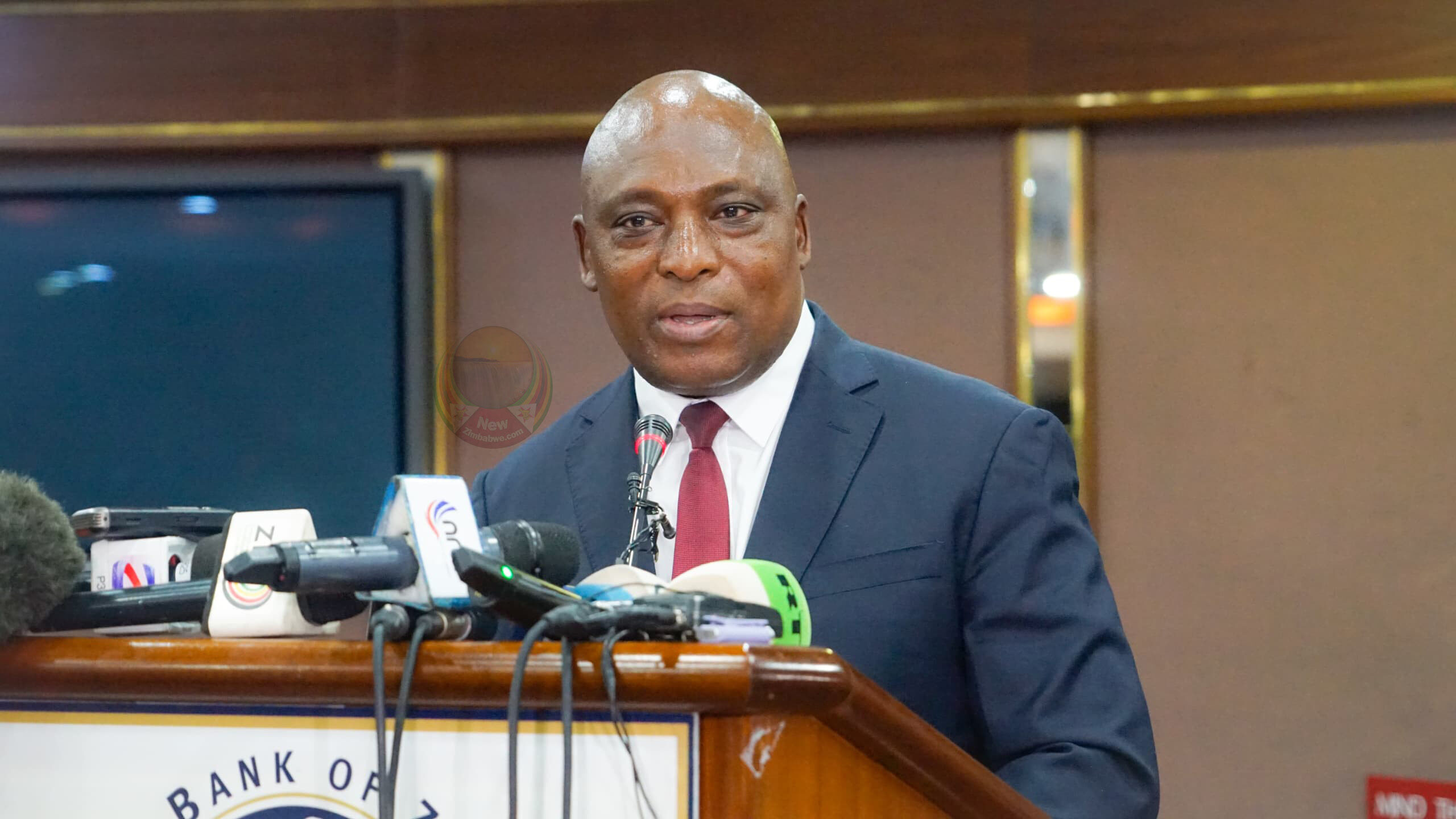(WNAM Monitoring): Zimbabwe’s new central bank governor vowed to restore confidence in the institution that’s repeatedly failed to stabilize prices and the nation’s currency.
The Reserve Bank of Zimbabwe is rolling out a ‘Back to Basics’ plan that will initially focus on consolidating the introduction of the nation’s new national currency — the ZiG, John Mushayavanhu said in a circular to staff. It will also seek a “paradigm shift” in culture at the bank to rebuild its credibility and relevance, he said.
“The market has lost confidence and trust in the credibility and impact of the central bank’s policies over the years, and this calls for a focused re-orientation and change in the way we do things in pursuit of our statutory mandate,” Mushayavanhu said in the note.
Mushayavanhu’s first policy measure after taking over as governor was the introduction of the ZiG — short for Zimbabwe Gold — on April 5. The new unit backed by gold and a basket of foreign currencies is the southern African nation’s sixth attempt to create a functioning local currency since 2008. A single ZiG is worth about 7 US cents, the price of a milligram of gold.
The currency has strengthened 1.5% since its introduction and traded at 13.36 per US dollar on Tuesday, according to central bank data.
Dubbed by commercial bankers as “John the Second” after taking over from former Governor John Mangudya last month, Mushayavanhu said other reforms planned by the central bank include “identifying and plugging leakages and restructuring the Reserve Bank’s balance sheet from short-term pressures likely to undermine the efficacy of our policies.”
The bank will also seek to collate and disseminate credible data and appoint a panel to monitor the effectiveness of monetary policy. Along with the new currency, Mushayavanhu also introduced a new interest rate on April 5 — one set at 20%, compared with 130% previously, which was the highest central bank rate in the world.
The ZiG replaced the Zimbabwean dollar, which lost four-fifths of its value against the greenback this year before being replaced, fanning inflation and evoking bitter memories for citizens of the days of hyperinflation.
Zimbabwe stopped publishing local currency inflation data last year, after adopting a measure that better reflects the dominant role the US dollar plays in the economy. Under the measure inflation quickened to a seven-month high of 55.3% in March.


